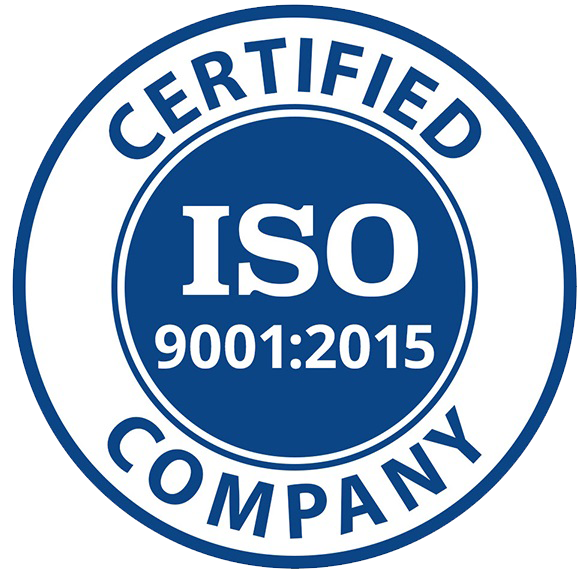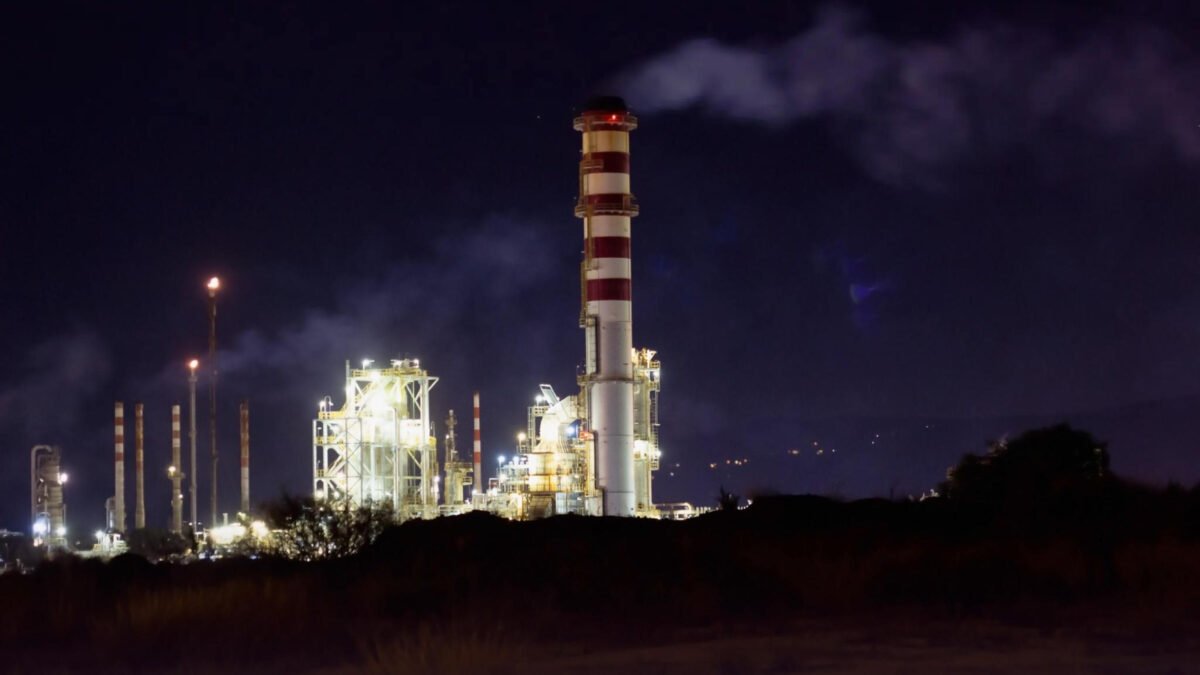- Manufacturers & Suppliers of Electric Heating Elements For Industrial & Domestic Use
- +91 98150-61312
- +91 78885-37068
Exploring Beyond the Basics: Types of industrial heaters: a simple guide by the best industrial heaters manufacturer in India.
In the same way, industry always is in the chase of the changes and update so, it uses a fully functioning industrial heaters to gain the best outcome and high production rates. Meanwhile, there is also the conventional type of heaters, such as the oven and the HVAC heating, which are commonly being applied now; at the same time, the other types still have their places in same industry applications.
In the current article, we will dive into the industrial heaters that were engineered for diverse requirements and confined spaces.
Table of Contents
ToggleImmersion Industrial Heaters:
Submerged heaters, heating the liquid or gas by direct contact, are perfect examples of the capacity of the immersion industrial heaters in achieving the exact temperatures needed. The application of immergrion heaters is widespread in the industry as it is designed for integration in the oil and gas, chemical processing and food development and hence there are different types of immersion heaters such as flanged, the screw plug and over-the-side immersion heaters.
Band Industrial Heaters:
Band heaters are an up-and-coming heaters that have an electricity tube placed inside a metallic coil that is tightly screwed around the barrel pipelines and other cylindrical surfaces. Such types of drop-ins are very good options when speaking about plastic moulding processes, extrusion or injection moulding where they deliver even heat distribution and high energy efficiency at the same time.
Circulation Industrial Heaters:
The circulation pumps produce a heat transfer medium circulate through the piping network of the system. Heat moves to the medium supplied, thanks to the heat exchanger. Recirculation heaters do not act as the sole heaters but rather they are widely used in the pharmaceutical, oil and natural gas generation and power generation areas where they can produce a constant temperature and are also capable of working under pressurized conditions.
Duct Industrial Heaters:
Duct heating units are made to produce heat and distribute it through the ductwork of HVAC systems, as well as in industrial ovens and the process line applications. They are used to maintain stable and reliable heat for big thermal capacities which makes them the most essential in industrial ventilation and heating systems.
Tubular Industrial Heaters:
Tubular heaters have electrical heating element that has an insulating and protective metal sheath which is generally used where continuous heating is required and also where the concern of corrosion is prevalent. Offering flexible bracket options and a wide range of customs configurability, these industrial heaters are employed in auto manufacturers and aeronautics industries .
On the other hand, such intermittency calls for the energy producers to keep on developing greenhouse and heat-saving techniques. Space Enterprises (India) is a top dreaming operation and is regarded as the most leading and the best industrial heaters manufacturer in the India. We start as a key arm of an group where customer satisfaction, inclusiveness and quality become our fundamental pillar this is also through our heating system which cut across a wide range of industries which is also a core business area for us.
The only range of groundwater and seepage we make constitutes only immersion and circulation products. In this range, you can find a dense assortment of excellent, reliable, and efficient submersible pumps, which is among the best for those clients who have the highest standards in the country.
What is the process involved in designing and integrating immersion Industrial heaters in industries like oil and gas, chemical processing, and food development?

The process of designing and implementing immersion heaters in oil and gas, chemical processing, as well as food generating industries tends to be complex, involving several vital steps to guarantee maximum performance, safety and productivity.
Here’s an overview of the process:
Needs Assessment:
At the beginning, it is essential to do a thorough study of the needs of the industry so that we become well versed with the particular demands of the industry and the client’s intended application of the heater. Elements like the nature of a medium or fluid needed to be heated, required temperature range, operating conditions (pressure, and flow rate) are observed, space restrictions and safety issues are being taken into account.
Design Customization:
By means of the need evaluation, the immersion heaters are built to serve the exact application specifications. Design criteria such as heaters type (and size), sheathing material (e.g. stainless steel, Incoloy, titanium), the watt density, voltage required, and electrical connection requirements are considered.
Material Selection:
In order to make the heaters being used for immersion successful, the right materials have to be chosen to ensure that they do not react with the medium being heated and has good resistance to corrosion, chemical reactions and high temperatures at the same time. Materials should be in line with industry standards and regulations as a safety measure and a means of achieving reliability.
Heating Element Configuration:
The heating element configuration is decided based on the temperature requirement for the application, the geometry of the vessel or tank, and the heat distribution desirable in the process. Common configurations are clamp screw assembling, flanged type, circ immersion, and circulation heaters.
Thermal Analysis and Simulation:
Thermal analysis and numerical simulation methods are performed to evaluate the heat transfer behaviour of immersion heaters at optimal performance consideration. Computational fluid dynamics (CFD) simulations may serve as tools to forecast temperature distribution, streamline flows and assessing heat transfer in the heating medium.
Safety Considerations:
The safety both during operations and disaster situations is the most important in such industries like oil and gas and chemical one. The immersion heaters are built in with safety components as a temperature monitor, a high limit controller, an explosion-proof cover and insulated sheath to be able to avoid overheating, electrical hazards and corrosion.
Installation and Integration:
With the completion of the immersion industrial heaters manufacturing, they can be mounted and applied in industrial process set up, including bulk tanks, reactors, pipelines, vessels among others. Fondness of mounting technique is basic for solid tightening, electricity conduction, and alignment for increased heat transmit effectiveness.
Testing and Quality Assurance:
Before shipment, immersion heaters go through a thorough quality test and an accuracy assurance process to check that performance, reliability, and compliance with the standards are okay. These tests may include insulation resistance, dielectric strength tests, and operation tests with simulated conditions created.
Commissioning and Maintenance:
Then, those heaters will be installed, commissioned, calibrated and fine-tuned so as to ensure the best performance for water heating. Regular maintenance and inspection methods are implemented for the measurement of industrial heater performance. Also, any problem or anomaly is readily provided and the heater remains to continue its operation safely and efficiently over time.
Adhering to these steps industries can design and integrate industrial heaters which can be immersed in what they require and helps advance productivity, efficiency, as well as safety in oil and gas, chemical, and food developing industries.
Considering other industries or applications which require heating methods, do band industrial heaters serve those purposes beside plastic moulding, extrusion or injection moulding? Of course, in addition to applications in plastic moulding extrusion and injection moulding,





